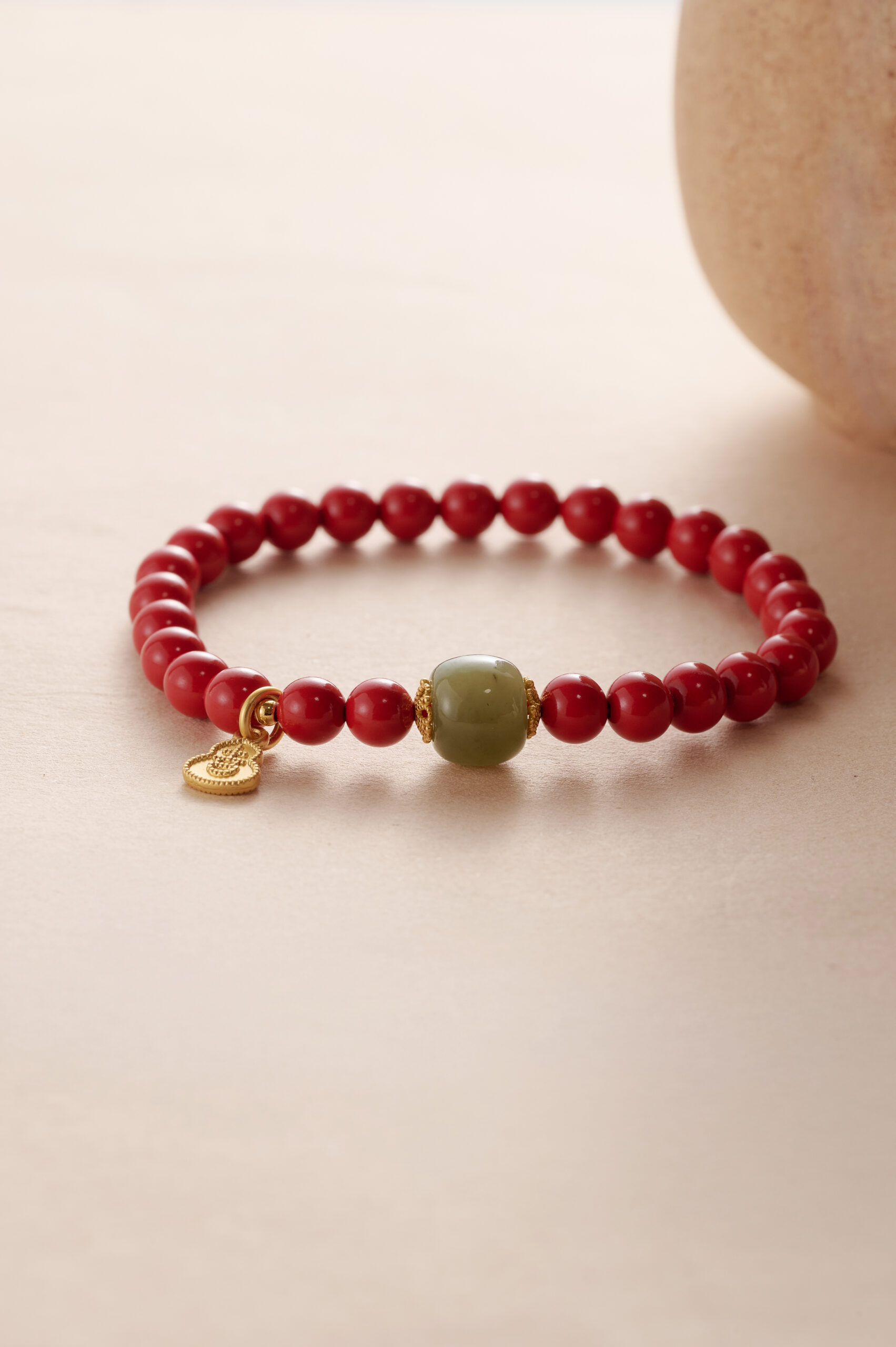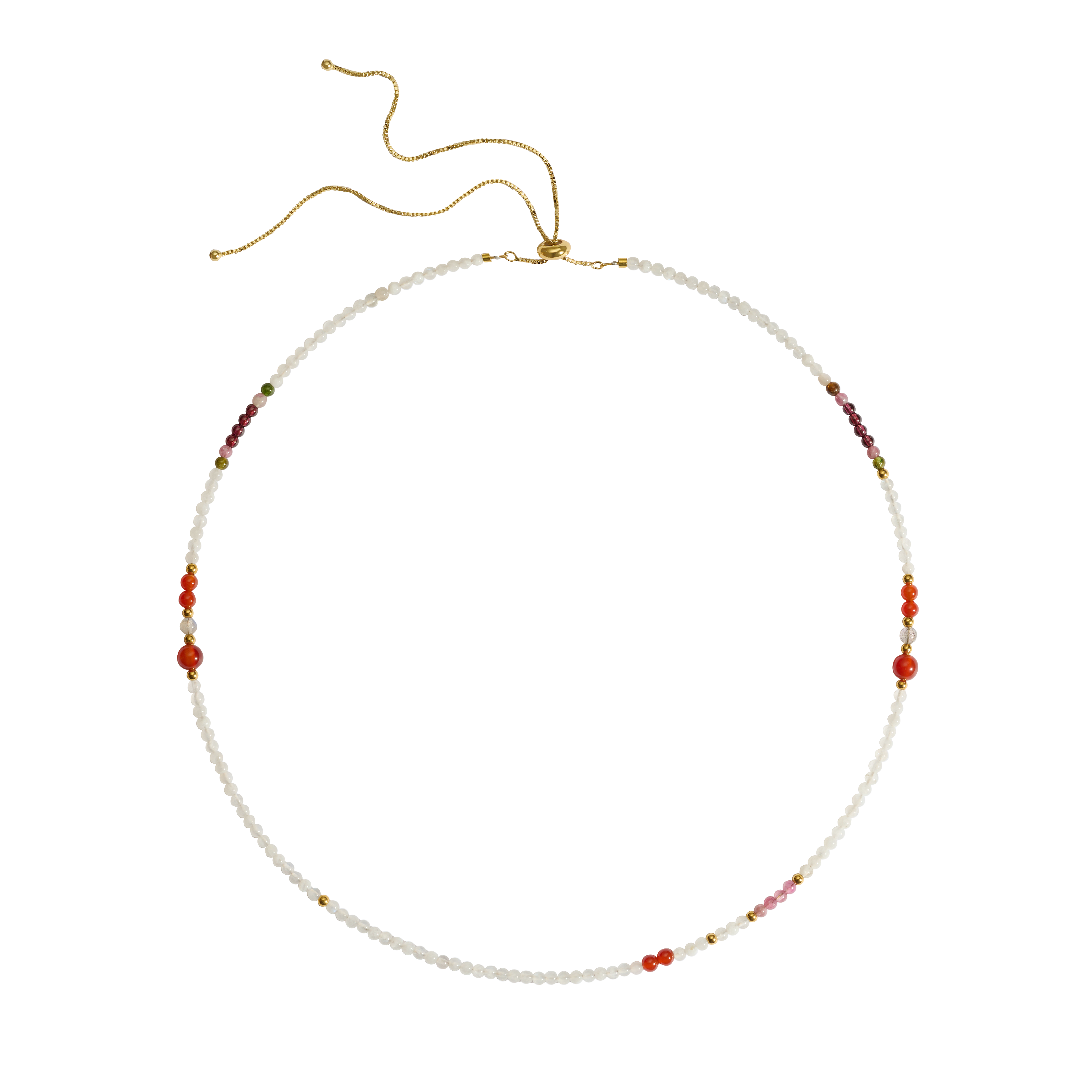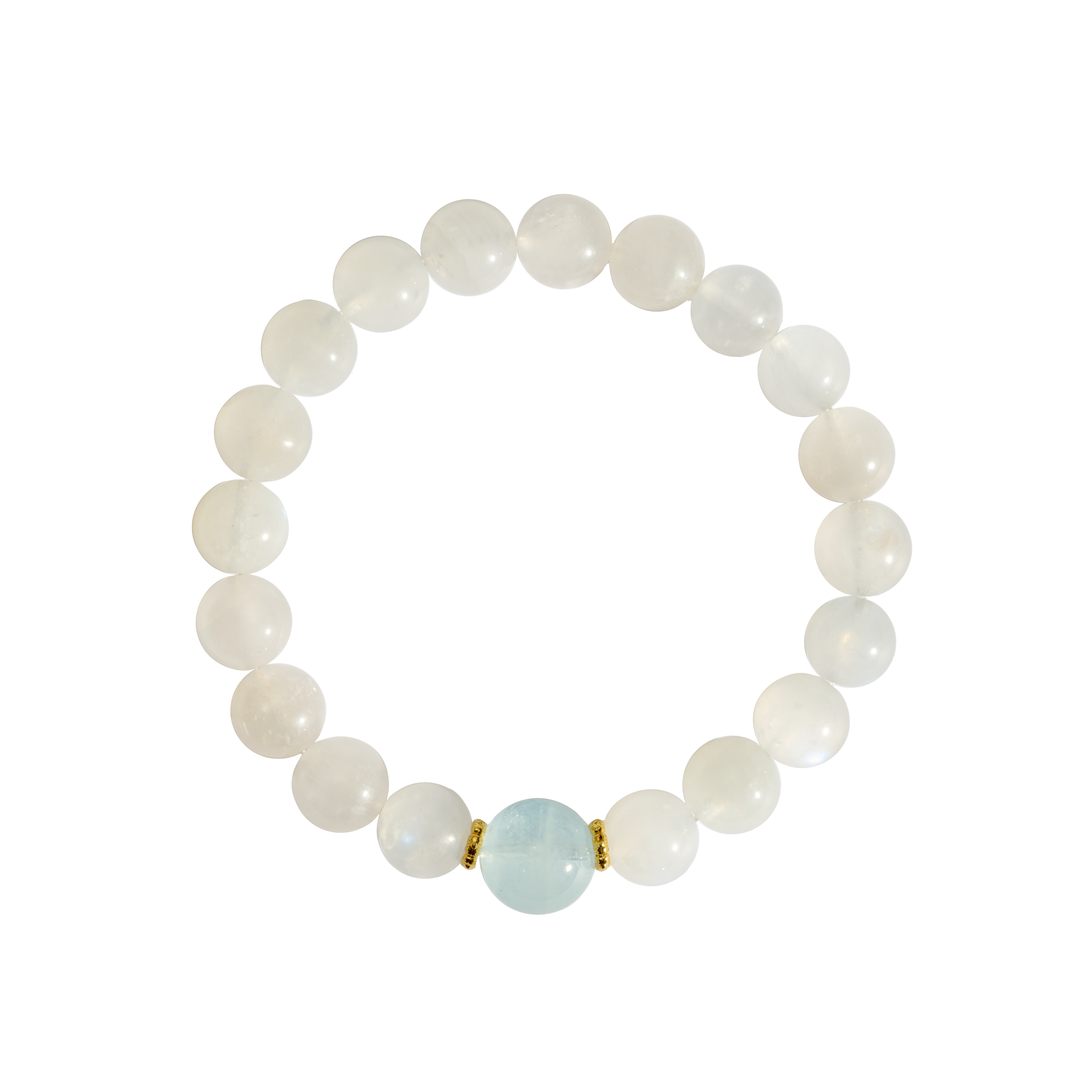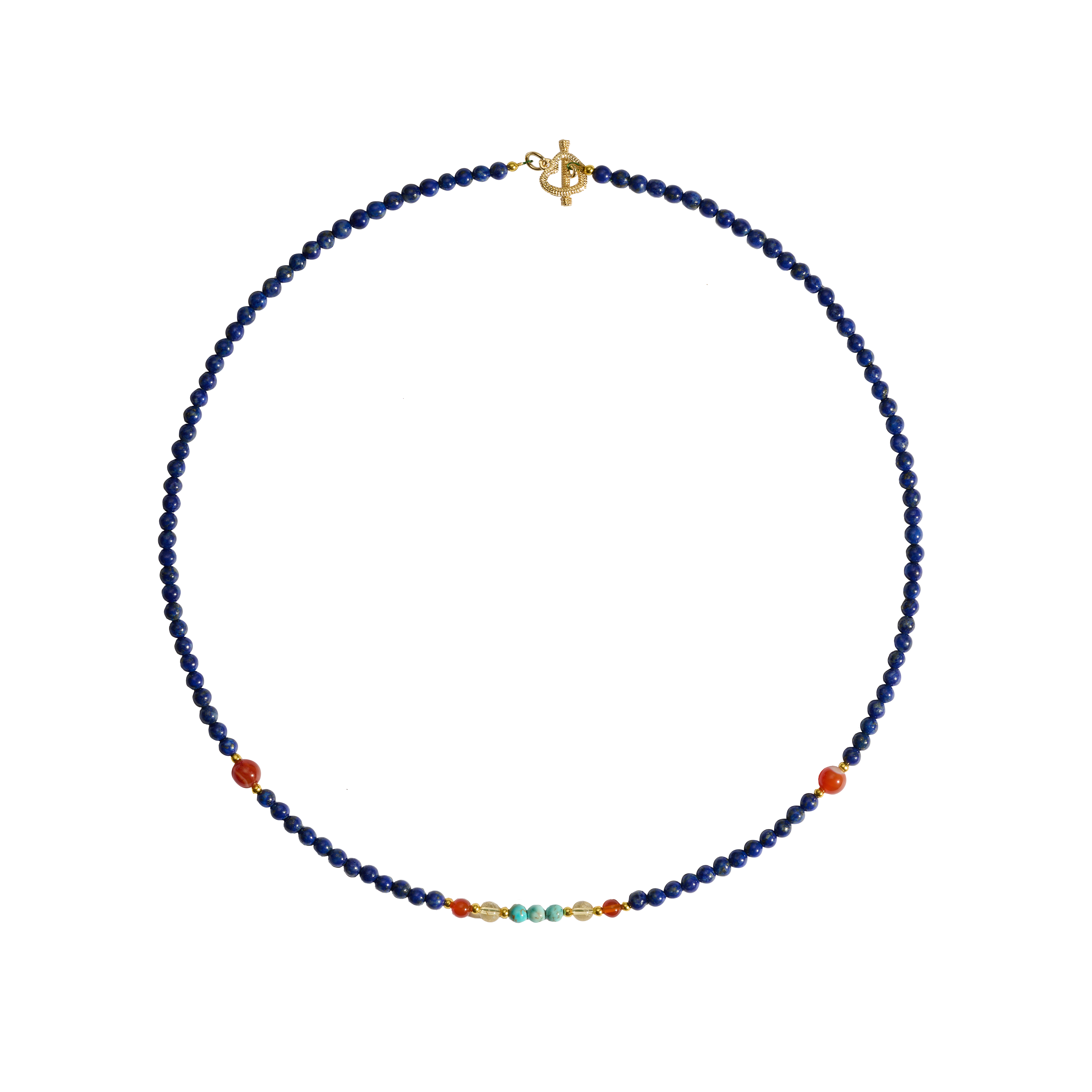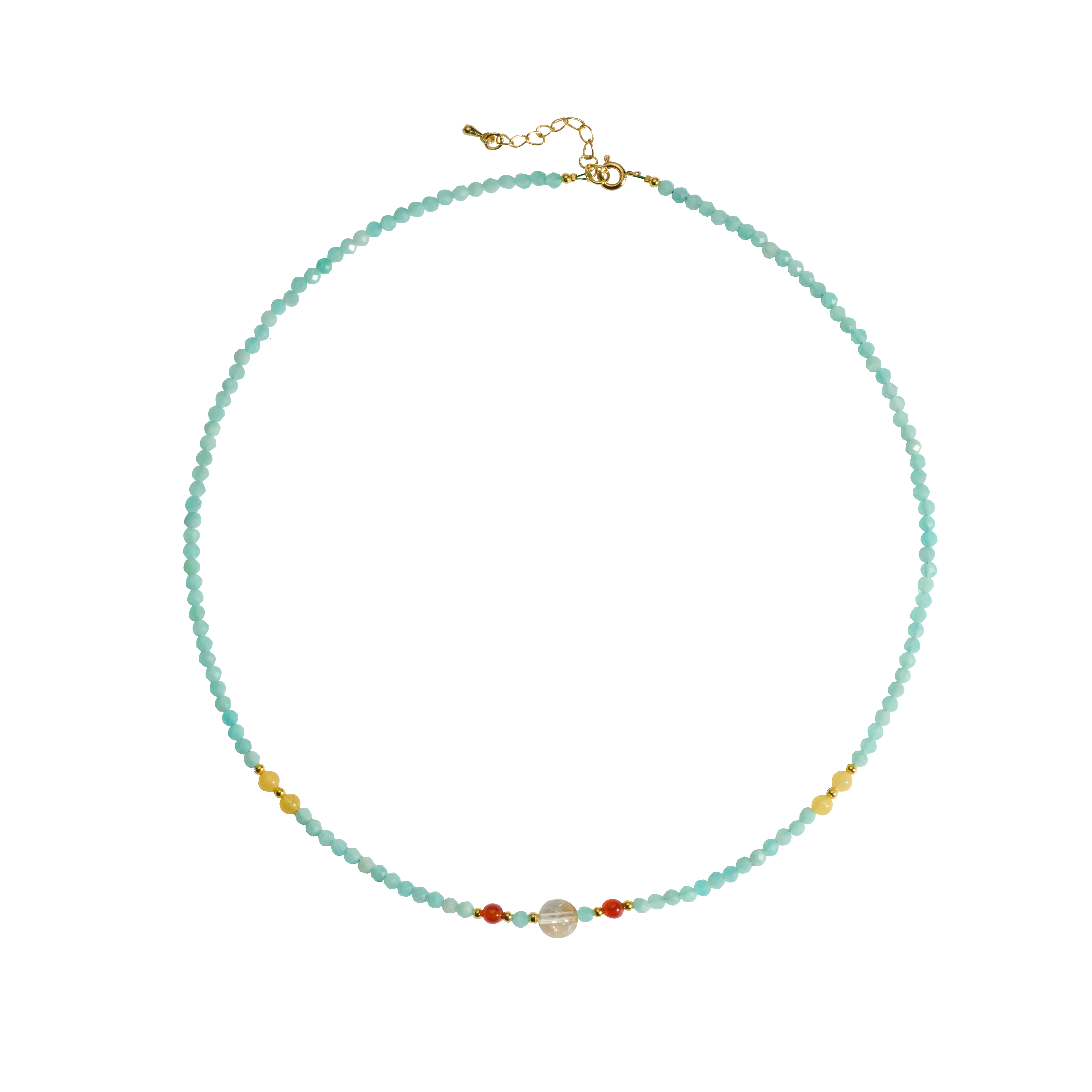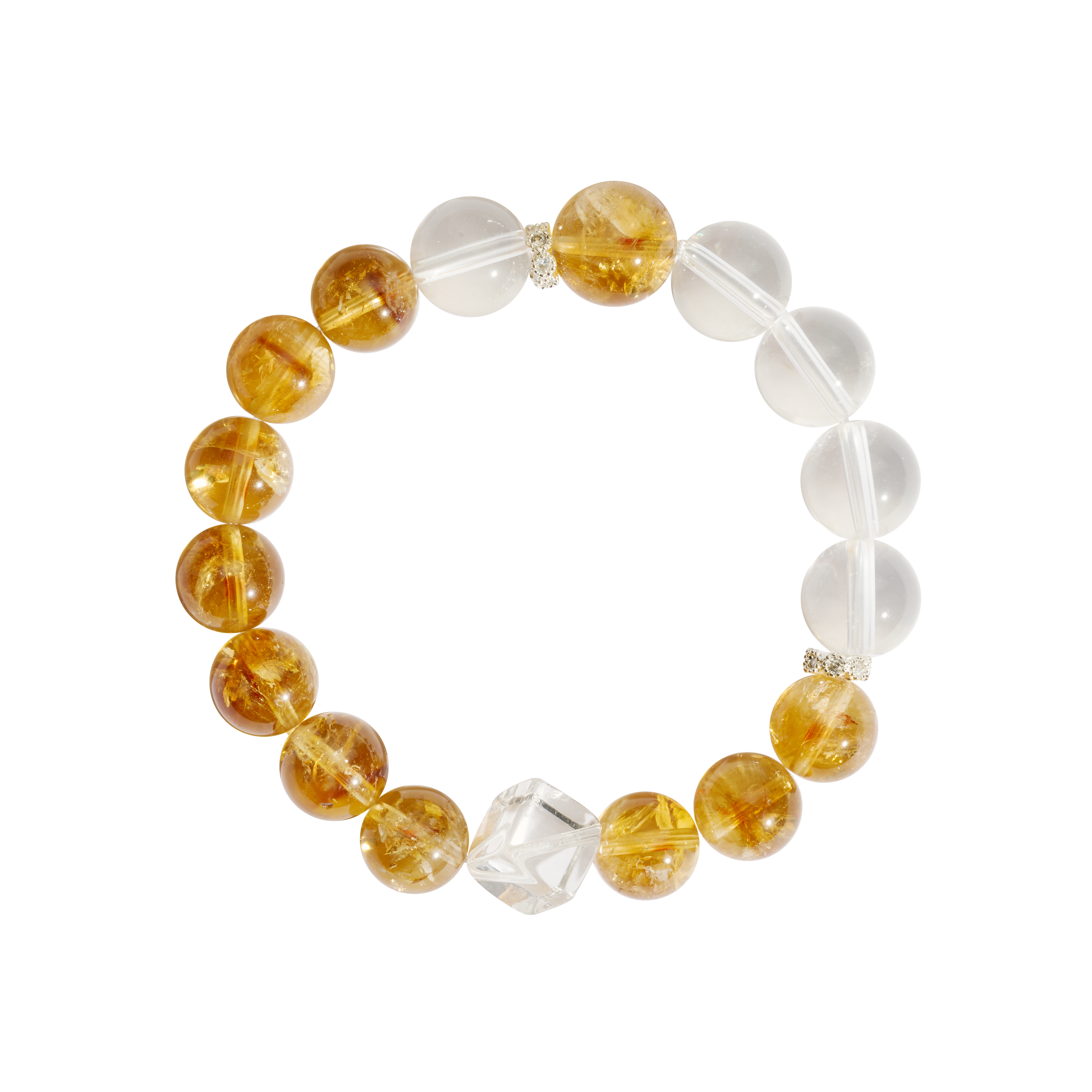The Culture and History of the Red Bracelet: A Timeless Tradition
The red bracelet has been a symbol of protection, spirituality, and culture across civilizations for thousands of years. From religious practices to modern fashion, these simple yet striking accessories hold profound meaning. Whether it’s the traditional red string bracelet or the ornate cinnabar bracelet, the legacy behind these adornments transcends their physical beauty. While the red string bracelet is steeped in spiritual significance, the cinnabar bracelet offers a richer, more enduring legacy, making it the superior choice for those seeking a deeper cultural connection.
Let’s explore the fascinating history and cultural importance of these iconic bracelets and uncover why the cinnabar bracelet stands out as a timeless treasure.
Table of Contents
ToggleThe Origin of the Red Bracelet
The red bracelet, often a simple thread or string, has been used for millennia to ward off evil and invite blessings. Its origins can be traced to ancient cultures in both the East and the West, where the color red symbolized protection, vitality, and luck.
In Ancient Hinduism and Buddhism
Hindu and Buddhist traditions introduced the world to the red string bracelet as a talisman of protection and good fortune. In Hindu culture, red threads, called kalava or mauli, are often tied around the wrists during religious ceremonies to signify blessings from the gods. In Buddhist teachings, red strings symbolize the connection between all beings and are sometimes blessed by monks to imbue them with spiritual power.
In Jewish Kabbalah Practices
The red string bracelet is also prominent in Kabbalah, a mystical sect of Judaism. It is often tied around the left wrist to ward off the evil eye, a malevolent glare believed to cause misfortune. Traditionally, these strings are sourced from a sacred site and blessed with prayers for protection and prosperity.
In Chinese Culture
In Chinese traditions, red represents life force, vitality, and protection. Red strings were often used in rituals to bind people to good luck or strengthen family ties.
Symbolism of the Red String Bracelet
The red string bracelet continues to carry cultural and spiritual weight in contemporary society. Its symbolism varies by tradition but generally includes:
- Protection: Against evil spirits or misfortune.
- Luck: Attracting prosperity and success.
- Love: In Chinese folklore, red strings symbolize the invisible ties connecting destined lovers.
- Spirituality: Acting as a reminder to stay connected with higher values or one’s faith.
Named After Its Smoky Look: The stone gets its name from its distinct smoky-brown to gray coloration, which is caused by natural irradiation during its formation. This phenomenon gives smoky quartz its mysterious, cloud-like appearance.
The Rise of Cinnabar Bracelets: A Cultural Masterpiece
Though the red string bracelet is deeply symbolic, the cinnabar bracelet stands as a more elaborate and enduring cultural artifact. Made from cinnabar, a vibrant red mineral used in ancient China for thousands of years, these bracelets are not just accessories—they are works of art with immense historical and spiritual significance.
The History of Cinnabar
Cinnabar, primarily composed of mercury sulfide, has been prized for its rich red color since ancient times. The mineral was ground into powder to create a pigment for paintings, lacquerware, and jewelry. Ancient Chinese artisans crafted cinnabar beads and ornaments, believing the material possessed protective and healing properties.
Spiritual and Cultural Importance
Cinnabar is revered in Chinese Taoist practices for its association with immortality and alchemy. Taoists believed that cinnabar could transform ordinary energy into a higher spiritual force, making cinnabar jewelry a potent symbol of transformation and protection.
Craftsmanship and Aesthetic Appeal
Unlike the simplicity of a red string bracelet, cinnabar bracelets showcase intricate carvings and designs that reflect traditional Chinese motifs, such as dragons, phoenixes, or floral patterns. These designs often carry auspicious meanings, adding another layer of cultural richness to the bracelet.
If you want to learn more about Cinnabar, please see Cinnabar Crystal: Meaning, Properties, and Benefits of the Stone of Transformation and Prosperity
Sacred Stone for Druids: In Celtic traditions, smoky quartz was considered a sacred stone by the Druids, who believed it connected them to the spiritual world. It was used in rituals to enhance communication with the divine and bring clarity to their visions.
— Fun Fact
Comparing Red String and Cinnabar Bracelets
While both the red string bracelet and cinnabar bracelet are rooted in profound cultural traditions, they differ significantly in terms of craftsmanship, symbolism, and longevity.
| Feature | Red String Bracelet | Cinnabar Bracelet |
|---|---|---|
| Material | Simple red thread | Cinnabar (mercury sulfide mineral) |
| Craftsmanship | Minimal, often handmade | Intricate carvings by skilled artisans |
| Symbolism | Protection, luck, and connection | Protection, transformation, and artistry |
| Durability | Prone to wear and tear | Long-lasting and timeless |
| Cultural Depth | Found in multiple traditions | Strongly rooted in Chinese heritage |
While the red string bracelet is a humble and meaningful choice, the cinnabar bracelet represents a deeper cultural narrative, superior craftsmanship, and enduring value.
Modern Popularity and Adaptations
The global appeal of red bracelets has only grown in the modern era, evolving from sacred talismans to trendy fashion accessories.
The Red String Bracelet in Pop Culture
Celebrities like Madonna and Ashton Kutcher popularized the red string bracelet in the 2000s as part of their connection to Kabbalah practices. Today, red string bracelets are often sold as spiritual items, blending traditional symbolism with modern aesthetics.
Cinnabar Bracelets as Statement Pieces
Cinnabar bracelets, on the other hand, cater to those with an appreciation for art and history. Their bold red hue and intricate designs make them perfect for individuals seeking unique, meaningful jewelry that reflects their love for culture and heritage.
How to Choose the Right Red Bracelet
- When deciding between a red string bracelet and a cinnabar bracelet, consider the following:
- Purpose: If you’re looking for a simple talisman for daily wear, the red string bracelet is a good choice. For a more sophisticated and meaningful accessory, the cinnabar bracelet is unmatched.
- Cultural Connection: Those with an affinity for Chinese traditions may find the cinnabar bracelet particularly resonant.
- Durability and Longevity: A cinnabar bracelet is more durable and can last a lifetime with proper care, unlike a red string that may fray over time.
- Aesthetic Appeal: The intricate designs of cinnabar bracelets make them not just jewelry but conversation starters.
Caring for Your Cinnabar Bracelet
- If you choose a cinnabar bracelet, proper care is essential to maintain its beauty:
- Avoid Prolonged Sunlight: Direct sunlight can cause the vibrant red color to fade over time.
- Keep Away from Chemicals: Harsh cleaning agents can damage the surface of cinnabar.
- Gently Clean: Use a soft cloth to remove dust and preserve the intricate carvings.
By following these care tips, your cinnabar bracelet can remain a cherished piece for years to come.
Frequently Asked Questions (FAQs)
1. What is the meaning of a red bracelet?
A red bracelet symbolizes protection, luck, and spiritual connection. Its meaning varies across cultures but often revolves around warding off negativity and attracting blessings.
2. Are cinnabar bracelets safe to wear?
Modern cinnabar bracelets are crafted using stabilized materials and are safe to wear. However, vintage cinnabar items may contain mercury, so it’s best to handle them with care.
3. Can I wear a red string bracelet and a cinnabar bracelet together?
Yes, combining both bracelets can create a unique look while blending the cultural and spiritual significance of each.
4. How do I know if my cinnabar bracelet is authentic?
Authentic cinnabar bracelets feature intricate carvings and a vibrant red color. Always purchase from reputable sellers to ensure quality.
5. Can red string bracelets be gifted?
Absolutely! Red string bracelets make thoughtful gifts for friends and family, symbolizing your wishes for their protection and happiness.
6. Why is the cinnabar bracelet considered superior?
The cinnabar bracelet stands out for its rich cultural heritage, intricate craftsmanship, and enduring beauty, making it a more meaningful and valuable choice compared to the red string bracelet.
Conclusion
The red bracelet, in its many forms, carries a legacy that spans centuries and continents. From the humble red string bracelet, revered in spiritual practices worldwide, to the elaborate cinnabar bracelet, steeped in Chinese history and artistry, these accessories offer profound cultural connections.
While the red string bracelet holds its charm, the cinnabar bracelet is a superior choice for those seeking a deeper appreciation of art, culture, and longevity. Its vibrant hue, intricate designs, and timeless appeal make it more than just jewelry—it’s a piece of history you can wear.
